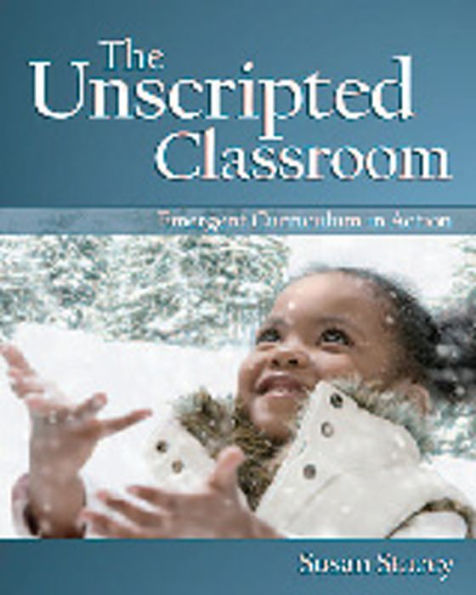Table of Contents
Introduction
Learning from Stories
How This Book Works
Introducing Naomi
Chapter 1: Revisiting Emergent Curriculum
Misunderstandings and Questions
Observation…and more: The E-mail Project
Decision-making in Emergent Curriculum
Groups and Time Frames
Continuing the Cycle
Further Reading
Chapter 2: Creative Thinking in Emergent Curriculum
Creative Teaching
The Value of Dialogue
A Director’s Contribution
The Physical Environment: The Classroom as a Workshop for Ideas
Multiple Languages for Representing Ideas
Opening the Mind to Creative Thinking
ZiHao and the Skeletons: A Conversation with a Child
Acting upon Our Imagination
Further Reading
Chapter 3: Using Stories as a Means of Professional Development
Stories from London Bridge
Adults Sharing Their Work
Further Reading
Chapter 4: Taking Time to Make Lemonade
Stories from the Children’s School at Pacific Oaks College: The Lemonade Sale
Teachers’ Reflections Lead to Use of Natural Materials in the Classroom
Examining Old Practices
Further Reading
Chapter 5: Embracing the Unexpected: Explosions (and Penguins!)
Susan’s Story: Thinking about Explosions
Michelle’s Story: Something Unexpected
Reflecting upon Children’s Agendas of Power and Strength
Further Reading
Chapter 6: The Flexibility of Routines, Responses, and Teacher’s Roles
Introducing Stepping Stones
Liz’s Stories: The Transition Teacher and Volcanoes
A Culture of Creativity: Tea and Stories
Further Reading
Chapter 7: Emergent Curriculum with Toddlers
Toddlers and Extraordinary Moments
Andrea’s Story: Taking the Classroom Outdoors
Shannon’s Story: Connecting Toddlers with Their Parents at Work
Further Reading
Chapter 8: The Challenge of Documenting Emergent Curriculum
Organized, Tidy, and Never Used
Linking Observations to Curriculum
Showing the Curriculum Over the Long Term: The Curriculum Path
Brainstorming with a Web
Documentation: The Story of What Happened
Further Reading
Chapter 9: Supporting the Process: The Role of Teacher Education Programs and Administrators
Hope’s Story: Facilitating ‘Loosening Up’
Lori’s Story: Program Coordinator as Provocateur
The Nature of Teacher Education: Taking Ms. Moffat Away
Karyn’s Story: Teacher Education with a Difference
A Bridge to Learning: Children and Student Teachers Learn Together
Further Reading
Chapter 10: Taking the Leap: The Unscripted Path
Tracing the Path of an Emergent Project: Transparency
Postscript
Conclusion



